February 2021:Caterpillar completed the acquisition of varying equity interests and assets of the Weir Group PLC, collectively known as SPM Oil & Gas (SPM). Headquartered near Fort Worth, Texas, SPM Oil & Gas produces a full line of pumps, flow iron, consumable parts, wellhead and pressure control products that are offered via an extensive global network of service centers. This acquisition, included in the Energy & Transportation segment, is consistent with the company’s strategy of providing the customers expanded offerings and services.
February 2022:Deere & Company has acquired majority ownership in Kreisel Electric Inc., a leading pioneer in the development of immersion-cooled battery technology. The Austrian company manufactures high-density, high-durability electric battery modules and packs for high-performance and off-highway applications and has created a battery-buffered, high-powered charging infrastructure platform (CHIMERO).
June 2022:Volvo Penta is expanding its capabilities, experience, and range by becoming the majority shareholder of Norwegian marine battery and electric driveline solutions supplier ZEM AS.ZEM is a supplier of both marine battery systems and complete electric drivelines and a strong track record in Norway, the most mature marine e-mobility market in the world.
February 2024 saw a partnership between Caterpillar and Solstad Offshore ASA (Solstad) and Cat® dealer Pon Power AS, wherein the Marine Division of Cats is highly committed to assisting ship owners to increase their fuel efficiency while at the same time lowering GHG emissions with a view of offering alternatives for fuel options as well as powertrain integrations which will assist in supporting such operational and sustainability goals.
December 2023, MAN Energy Solutions made an agreement with Alfa Laval (Swedish industrial company) to develop a solution for methanol supply for MAN four-stroke engines and injection technology. This enables the ability to convert all four- stroke types of engines into methanol operation by 2025.
In August 2022, Leisure, The Silent Yachts Company(i.e., "Leiser"), partnered with Volvo Penta to manufacture silent running zero-emission motor yachts. These innovations combine Leisers' elegant designs with Volvos' hybrid electric motorings that help cut down on its emissions footprints. The project pushes boundaries in sustainability yachting, giving us an insight into what is expected in the future.
In March 2023, Strategic Marine joined forces with Trakindo, a Caterpillar dealer to buy one hundred Cat C32 engines .These have been designed so that they can be easily converted into IMO III-compatible systems by adding selective catalytic reduction equipment.
In July 2023, Cummins introduced Marine Overhaul Service Solutions in Singapore, Malaysia, Philippines, and Indonesia from Papua New Guinea, Australia, New Zealand, and the Pacific Islands. This service solution is aimed at boosting their fleet's performance while remaining competitive in this thriving maritime industry. To cater to the varied budgets of vessels fitted with Cummins Model K19M/D, K38M and K50M engines, this new product offers comprehensive engine overhaul services.
In July 2023, Hyundai HD Heavy Industries announced that by the end of next year, it will have developed a mid-sized ammonia-fueled ship engine using its own technology and know-how. These engines will be developed and produced in partnership with MAN Energy Solutions from Germany as well as Winterthur Gas & Diesel – WinGD (China).
With the introduction of the new X15 marine engine in April 2022, Cummins Inc. has offered a fuel-efficient engine designed to meet cost-effective and numerous safety standards for the compulsive ABS, BV, RINA and DNV certifications. This engine has a power range of 450– 600 HP (336 – 447 kW), which in turn is the highest power density in its category, with a weight of 1724 kg for continuous applications (3800 lbs).
With this expansion, the number of countries where Marine Overhaul Service Solutions are offered increased to eight; Singapore, Malaysia, Philippines and Indonesia joined Papua New Guinea, Australia, New Zealand and the Pacific Islands. This service for the vessel owners aims to increase fleet performance and position the fleet owners competitively in the fast-expanding maritime market. This product also offers generic engine overhaul to all budget range of vessels fitted with Cummins Model K19M/D, K38M and K50M with an affordable range of prices.
In March 2022, Cummins Inc. developed the B4.5 marine generator and propulsion engine to its hybrid-ready package range, extending it beyond the QSB6.7 and QSL9 power lines. The B4.5 engine, which is based on a robust and effective industrial engine, has a dual purpose for recreational and commercial propulsion, which is compliant with IMO II, ST V and ECD 2 standards without additional treatment assistance. A strong, lightweight engine with a power range of 102 to 250 horsepower (76 to 186 kW).
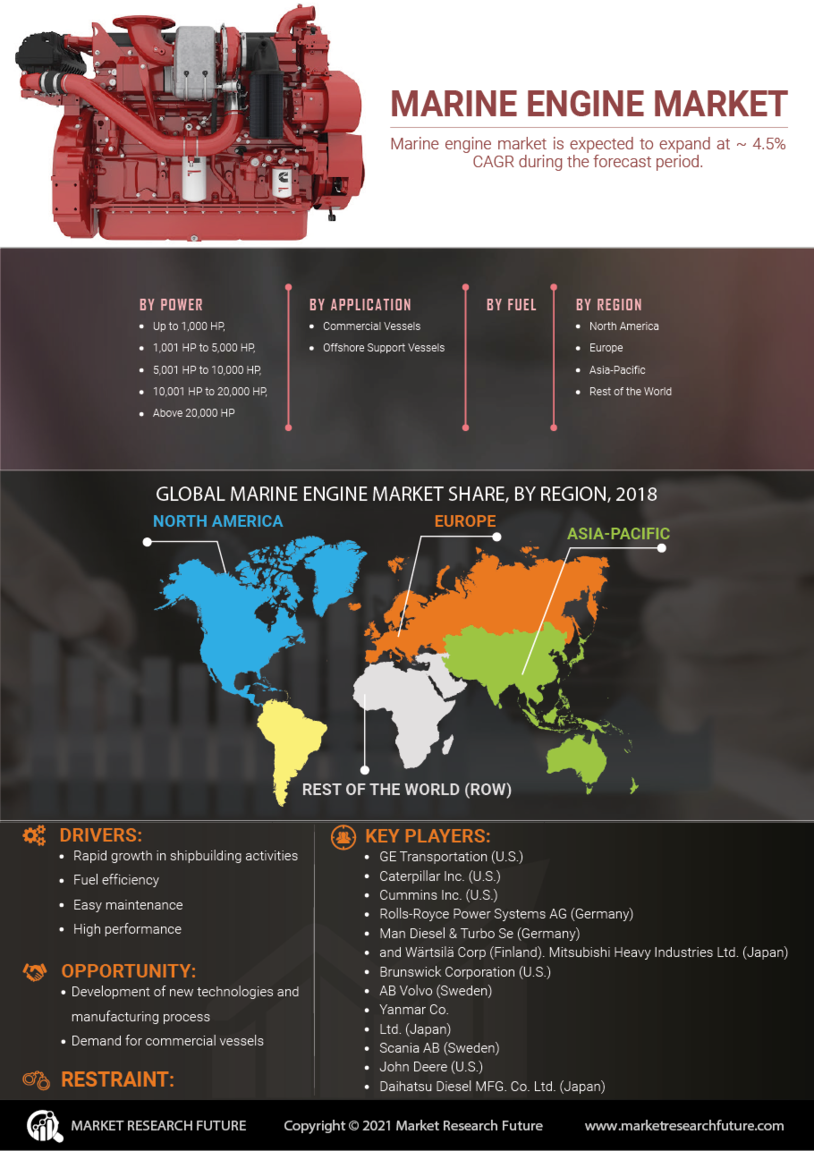

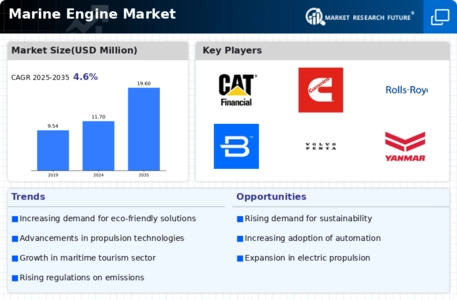
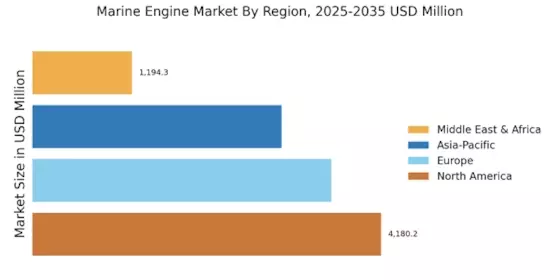
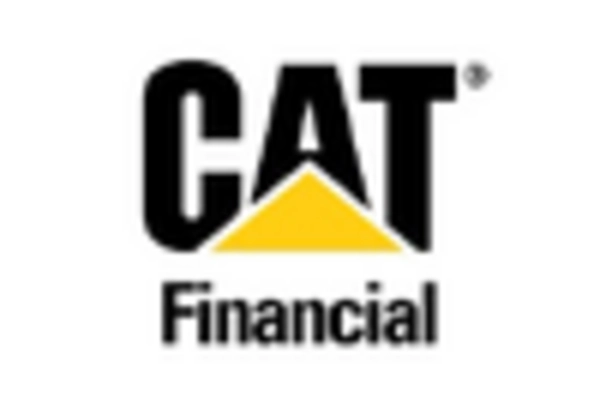
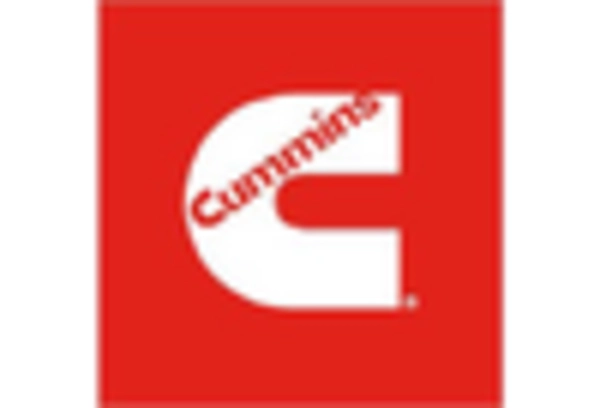
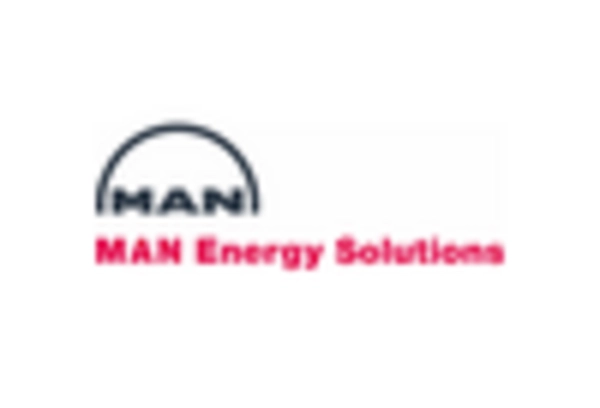


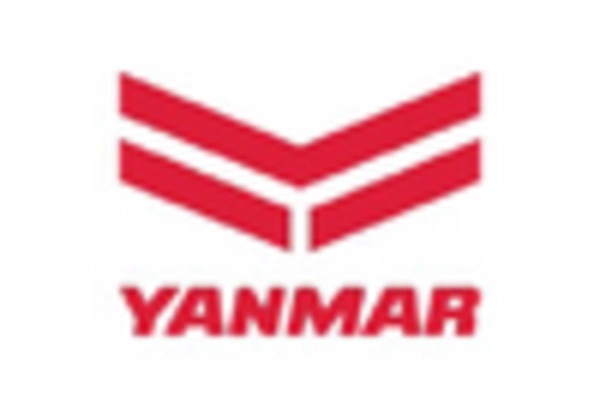








Leave a Comment